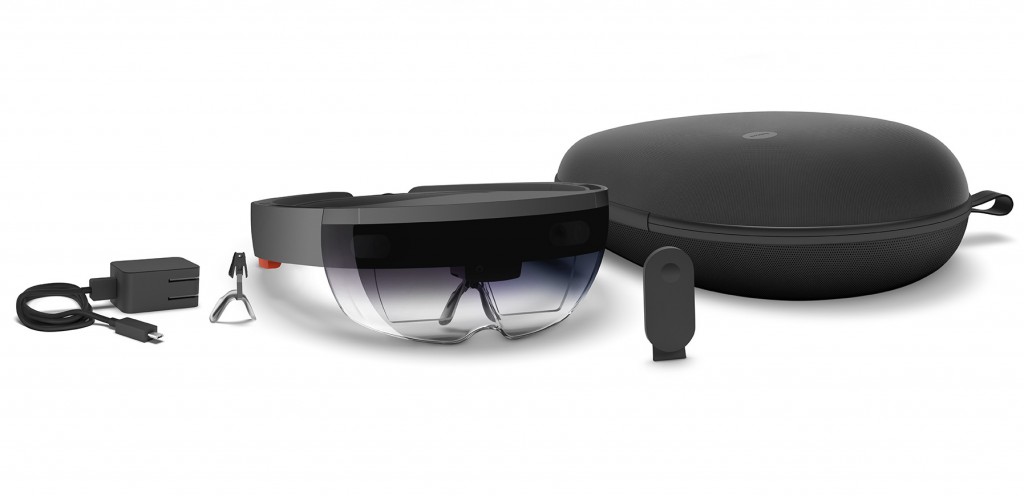Virtual reality and VR devices are generating quite a bit of buzz right now, with the recently released PlayStation VR, and Facebook’s acquisition of the Oculus Rift, which is also now available for purchase. Virtual reality isn’t the only “reality” technology that’s being developed, however, and if you believe Apple’s Tim Cook, augmented reality (AR) is the tech of future. Microsoft is pushing even one step further, with mixed reality (MR). This technology and these distinctions aren’t just about video games, but have major ramifications for how we work, learn, stay connected with family and friends, and yes, play.
What’s the difference between virtual reality and augmented reality? Or between augmented reality and mixed reality? Virtual reality basically consists of a totally immersive experience where the screen is on your face, and you can’t see anything that’s not part of the virtual experience (i.e., you can’t see the room you’re in, or anything around you). In an interview with Microsoft, their spokesperson told me, “with augmented reality (AR), the user sees a layer or screen of data that overlays the real world…it is not the same as being able to see holographic objects pinned, or anchored, to specific locations or objects in the real world.” Rather than simply having floating bits of digital information untethered from the world, you can also have content which interacts and co-exists with the real world. Right now, Microsoft is making a big push to make mixed reality better, more accessible, and more immersive.
Still not sure what all this fuss is about? If you’re looking for a basic primer you can check out the introductory article I wrote on HoloLens when the technology was still in development. Now that the developer edition of the HoloLens has been out for several months, the device has been embraced by Case Western Reserve University, Lowe’s Home Improvement, Thyssenkrupp, NASA, Airbus, Trimble, Audi, Saab, Volvo, and many others. Note that each of those links opens pretty nifty videos of how mixed reality is already being employed. But chances are, if you’re reading this, you’re not thinking about how new technology will impact your business, you’re thinking about how it will impact you.
In 2017, according to Microsoft, “Windows 10 will be updated…to include Windows Holographic, the platform that powers the mixed-reality experiences enabling people to perceive the world differently, break down barriers, and bring the virtual and the physical worlds together.” You may be thinking this doesn’t mean much to you, given the HoloLens dev version costs $3,000, and the commercial suite costs $5,000 (with HoloLens, you’re not just wearing a peripheral, the computer is built into the headband). Don’t expect the HoloLens itself to be coming to a living room near you any time soon. Microsoft told me, “HoloLens is on a multi-year journey and we are currently focused on developers and enterprise scenarios.”
So if the HoloLens isn’t coming to your average consumer, what else should we look for? Arguably the biggest name on the consumer front is Oculus Rift, which costs $600, not including the peripherals or the super fancy computer you’ll need to use it. Many high-end smart phones also can do VR, if you pick up a headset as well (note that this is often powered by Oculus technology). If you’re looking to really splurge, the HTC Vive is available for $800.
There are some cheaper options (like Google cardboard, phone not included), but most of them are a gamble on quality and value. Fortunately, as Microsoft updates Windows 10, “the Windows Holographic Platform enables a whole new ecosystem of devices, all running Windows at a wide range of price points and form factors” with the introductory models starting at $200. We’re still waiting for full details on some of these, but they’re likely to be primarily virtual reality and augmented reality devices for now.
So whether you’re looking to tour the world from your living room, create content, work more productively, or get in some immersive gameplay, there is a lot to look forward to. That’s part of why I’m excited to be bringing you more articles, interviews, and videos leading up to our coverage of the Consumer Electronics Show next month. Please let me know what you’d like to hear and see from CES and beyond!




